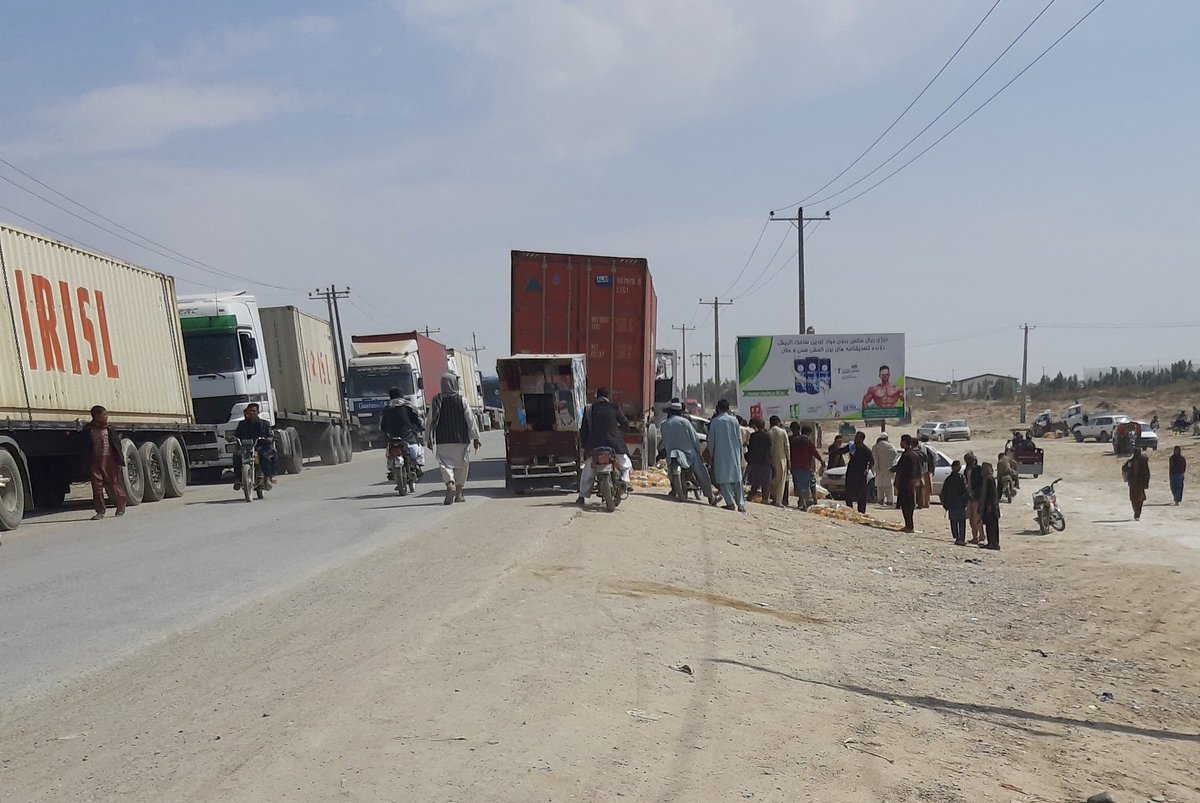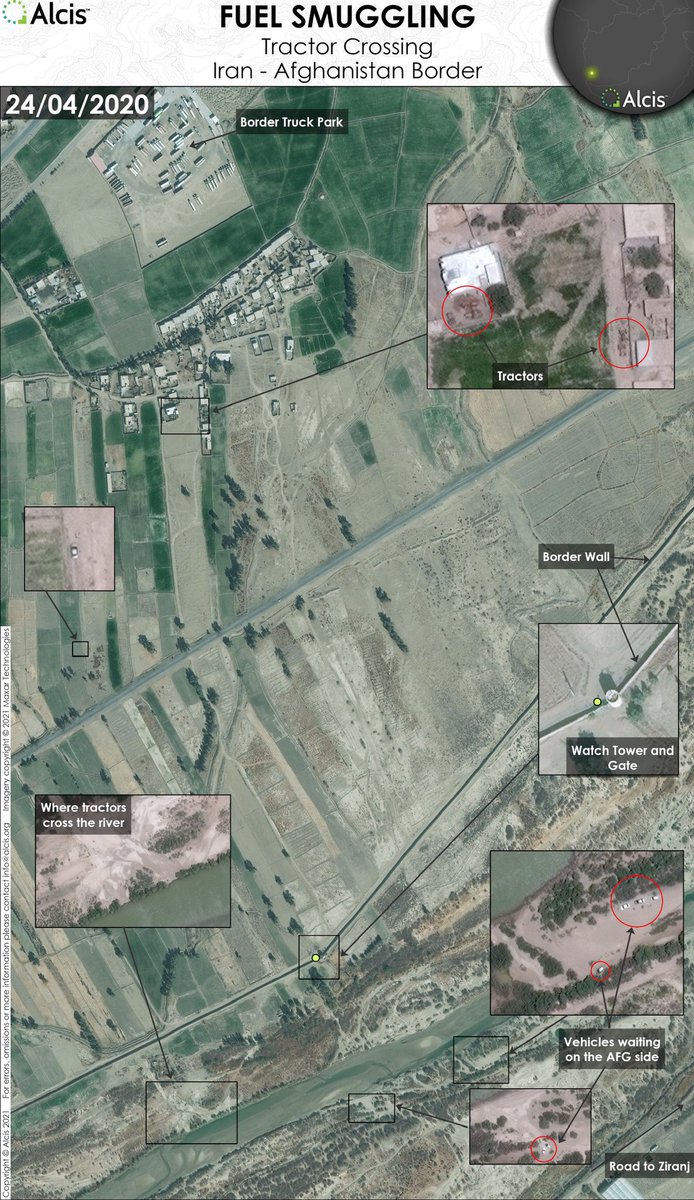
1. During this really difficult time for Afghanistan & its population, while the west decides how it will engage, it would be helpful if people would be more discerning about what they write, it could draw on misinformation & result in illconceived & counterproductive policies
2. Just cos something has been written don’t make it true. And if it has been written check out what the actual sources say and whether they are credible - just cos it’s a “reputable” org it may have just lifted the figures from somewhere else without checking the veracity.
3. This for example, like so many articles on drugs is littered with facts that ain’t so. It makes claims that if you think about them make no sense at all. For one, the idea that the Taliban collects 10% of the value of the drugs trade (others like USFOR-A claimed 20%).
https://twitter.com/ianbremmer/status/1431351561876238336
4. This is based on a misunderstanding of the Islamic tithe ushr. Islamic tenets dictate that 10% of the yield of irrigated land (5% on rainfed) should be given as tithe. But in Afghanistan ushr is a generic term for tax regardless of whether it conforms with islamic principles.
5. In the SW where vast bulk of the opium is produced farmers pay 2 khord opium per jerib of poppy as ushr (in price equivalent a max of 2.5%). This cuts to the rub: taxes in rural Afghanistan are usually a fixed rate per unit-an area of land, volume or weight not a % of price
6. In fact the idea that the Taliban runs an equivalent of VAT, or GST on drugs- or any other good is frankly absurd. The administrative challenges are beyond the capacities of a rural insurgency. Taxes are collected on land, volume or weight-ie stuff that can be easily counted
7. Secondly, a 10% tax on price or value is actually economically unfeasible and would lead to losses. Doing business in Afghanistan-any business-is high cost. It’s no different for drugs & profits are not high as many think. For example, take meth: the profit/Kg is only $30. 







8. Charge 10% tax on price and there is no profit left. It’s the same for heroin base. A 10% tax would lead to producers incurring significant losses per kg. Those making these kind of claims have never factored in costs. lse.ac.uk/united-states/… 







9. The article references @SIGARHQ LLP as evidence of the claim that the Talibans primary source of funds are drugs. sigar.mil/pdf/lessonslea… Yet this very report (p34-35) questions the argument on Taliban revenues on drugs saying: 

10. “The range of opinion illustrates not only the challenges of accurately estimating
the drug trade’s impact on insurgent financing, but also how policy has been informed by different and at times competing estimates.”
the drug trade’s impact on insurgent financing, but also how policy has been informed by different and at times competing estimates.”
11. The @BBCNews & @Reuters articles referenced are simply a rinse & repeat of the above mistakes on ushr & a failure to understand how taxes are actually levied in rural Afghanistan. Just cos it’s the @BBCNews don’t make it right. They also take short cuts & assume too much.
12. It’s these same schoolboy errors thar has led to the UNSMT claiming Taliban earnings on drugs of $400 million a year. A “fact” that is now regurgitated in the media. There just ain’t enough profit within Afghanistan for that to be taken in tax. securitycouncilreport.org/un_documents_t…
13. Compared to guesstimates, detailed fieldwork & imagery in Nimroz (a major conduit) showed taxes on drugs to the Taliban of only $5.1 million pa compared to $43 million pa earned taxing cross border trade in legal goods: fuel, food, carparts, tyres etc l4p.odi.org/assets/images/… 



14. Further, this work showed $7.6 million pa going to corrupt officials charging taxes on drugs, levying payments on each kg moved and even the use of catapults. ie they earned more from drugs than the Taliban. 



15. When you work with the economic realities it’s hard to see how the tax on the production & trade in opiates exceeds $40 million per annum. My current estimates are nearer $20 million for 2020. areu.org.af/wp-content/upl…
16. We see the same exaggeration on other revenue streams to the Taliban. For example, UNSMT claim taxes on mining of $400 million pa. But it’s hard to see that the mining sector in Afghanistan as a whole is worth that much - even if you include undeclared mining.
17. For example, official figures report $88 million in mining exports in 2019, 99% coal and talc stone almost all to Pakistan. nsia.gov.af:8080/wp-content/upl… 





18. Detailed imagery analysis & fieldwork shows at its peak the around $90 million of talc stone was exported, with a tax of $5.5 million pa paid to the Taliban ($6.25/MT) …d-437e-9ab3-541b0cde0c47.filesusr.com/ugd/a5fe58_576…
19. Coal exports - when undeclared production & sales are included - might be worth $140 million pa. earning a tax of circa $7.5 million pa to the Taliban.
https://twitter.com/nahafghan/status/1418790021813899277
20. Even if we factor in other minerals, metals and precious stones it’s hard to see an industry worth $400 million let alone a tax base to the Taliban of that amount. It just ain’t so and if someone claims it is, ask them to show their math. It can’t just be “some Hajji told me”
21. So a request at this difficult time when policy makers are realising how little they know and grasping at whatever material they can find to make decisions: please, stop, think, question the facts and figures being cited before lending them credibility.
22. Remember that if we knew as much about Afghanistan as claimed this last month wouldn’t have unfolded as it did. telegraph.co.uk/world-news/202…
23. Look at the claims made. Do they make sense given how little we do know about Afghanistan, it’s real economy & drugs? If you don’t know, don’t simply repeat even if it is the BBC & others. It just don’t help at a time when critical decisions are being made.
24. In the book “What Rebels Want” Jennifer Haze, refers to the estimates that have been proffered of insurgent funding: “the numbers sound impressive, yet they are just rough estimates that are at best good guesses and at worst politically expedient fabrications.
25. ….. These numbers seem to gain legitimacy through repetition rather that research into their validity.” We should all avoid being part of making the problem much worse.
• • •
Missing some Tweet in this thread? You can try to
force a refresh































